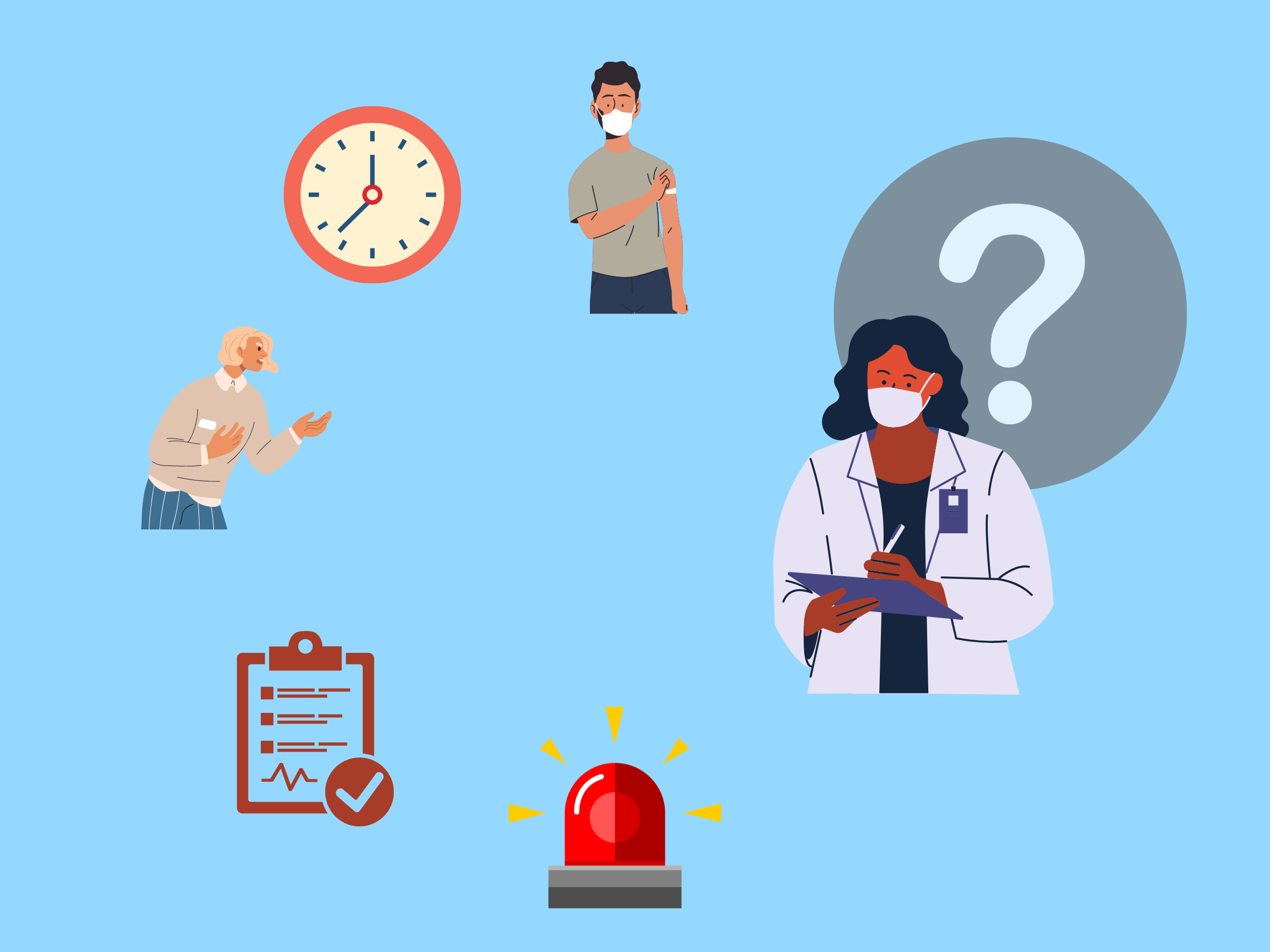The chaos and rapidity associated with the ED make it an environment much more prone to diagnostic error.1 96% of these incidents involving missed diagnoses can be attributed to various cognitive biases/factors.2
The consequence of these biases ultimately lead to incomplete H/P’s (20-42% of errors),2,3 failure to consider competing diagnoses (32% of errors),3 or failure to order or follow-up on investigations (44-58% of errors).2,3 So what can be done?
Presented below are 6 S’s, a quick checklist to run through to mitigate overdependence on mental shortcuts and promote patient safety in the ED.
▼ Speed
Did I just jump to this diagnosis early in the encounter and stick to it without appropriately considering others?▼ Spread
Have I allocated adequate time to consider atypical differentials associated with this patient’s presentation? Am I ordering investigations that cover these?▼ Suspicious
Which parts of the story fit poorly with my diagnoses? Have I considered the anti-evidence?▼ Secondary
Am I considering the possibility of multiple superimposed disease processes? Does my work-up consider this possibility?▼ Situation
Is there something about this patient or their situation that could be influencing my work-up even though it should not be?Overemphasizing their social history, psychiatric comorbidities, demeanor, etc.
▼ Sways
Are any of my personal competing interests interfering with my workup?Recency bias, emotions, busy ED, reducing handover, etc.
This post was copyedited by Farzan Ansari
References:
- Berner ES, Graber ML. Overconfidence as a cause of diagnostic error in medicine. Am J Med. 2008 May 01;121(5):S2-S23. DOI: https://doi.org/10.1016/j.amjmed.2008.01.001. Retrieved November 22 2022.
- Kachalia A, Gandhi TK, Puopolo AL, Yoon C, Thomas EJ, Griffey R, et al. Missed and delayed diagnoses in the emergency department: a study of closed malpractice claims from 4 liability insurers. Ann Emerg Med. 2007 Feb;45(2):196-205. DOI: 10.1016/j.annemergmed.2006.06.035. Retrieved November 20 2022.
- Schiff GD, Hasan O, Kim S, Abrams R, Cosby K, Lambert BL, et al. Diagnostic error in medicine: analysis of 583 physician-reported errors. Arch Intern Med. 2009 Nov 9;169(20):1881-7. DOI: https://doi.org/10.1001/archinternmed.2009.333. Retrieved November 22 2022.
Reviewing with the Staff #1
The Emergency Department is a chaotic, fast paced environment, filled with interruptions and background noise. We often see patients on their worst days with limited time. In an effort to see and help as many people as possible, it is only natural that mistakes will happen despite our best efforts.
The 6 S’s mnemonic serves as a quick reminder to slow down and consider factors that could impair decision-making and diagnostic considerations. Remaining open to examining biases and considering other explanations is imperative to doing a good job as an Emergency Physician in today’s challenging times.

Reviewing with the Staff #2
Cognitive biases often influence our clinical reasoning. I would add a 7th S: Same Service. When you have already given a particular service like Internal Medicine a number of consults already during your shift, I have noticed that I sometimes try to search for an excuse to not consult that same service again. I have found myself ordering additional tests that could lead to a second diagnosis where another service could be consulted instead, or holding onto patients longer in the ED even when I have enough information to make a disposition decision. This can lead to increased cognitive load, or even medical error. If you notice this bias in yourself, one helpful way of mitigating this bias is to discuss the case with a colleague as they can provide a more objective view.



